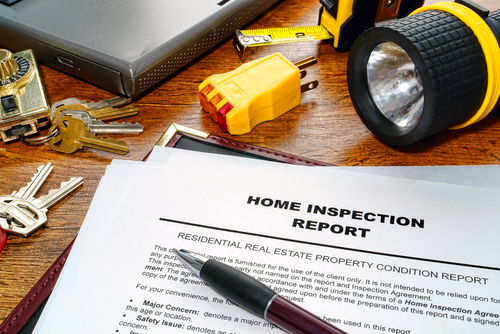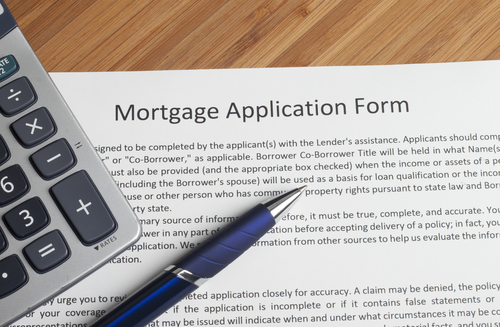One of the big financial stories of 2022 was an end to the historic low interest rates we have enjoyed for more than a decade. The shock is causing people to ask Are Interest Rates too High?
Although rates are still below their sixty-year average, last year ended with mortgage rates sitting at nearly double where they had sat at the beginning of the year as the Fed spent the year ratcheting up the cost of borrowing to try and cool down an economy of rapidly inflating currency.
If you follow the housing market, you have probably heard that these higher interest rates make it a “bad time to buy.” Is that true?
To find a coherent answer, we have to differentiate the way homeowners think about interest rates vs. how investors think about them.
The Effect of High Interest Rates on Homeowners
The main impact of high interest rates on homeowners is that it becomes more expensive to buy or refinance.
Because the mortgage payment is higher on the same principal balance, homeowners and aspiring homeowners tend to put off their purchase or refinance goals because they simply can’t afford it. This is especially true in periods of high inflation, when everything has become more expensive.
The one thing that could get homeowners back in the market is if prices start to come down. Those mortgage payments won’t be as high if the principal balance gets smaller. If homeowners catch a dip in prices, they may end up getting a great deal on a home with a lot of headroom to appreciate.
That’s why the Fed does the interest rate thing in the first place. Raising the price of borrowing decreases the demand in the market, which causes prices to fall — a counteracting force to inflated costs.
We have seen both of these effects in various markets — a slowdown in home transactions, accompanied by a dip in home values.
The Effect of High Interest Rates on Real Estate Investors
Higher interest rates tend to take the wind out of homeowners’ sails. With real estate investors, though, it’s a little different.
Cash Flow
What happens to your cash flow when mortgage payments become more expensive? Obviously it eats into the cash flow … but that may not be as big a deal for a real estate investor. Why? Because in a time of high inflation, rents may have gone up as well. There could be little net change on the cash flow.
Of course, inflation may drive up other costs, like insurance and repairs. Eventually you hit a rent ceiling where tenants can’t afford it and the demand disappears. There are a lot of factors to consider.
Of course, investors who bought early enough to take advantage of low interest rates and rent increases are sitting pretty right now. But higher interest rates are not all bad news for real estate investors.
Appreciation
Same as with the homeowners, investors stand to benefit from a decline in prices that could follow in the wake of a decrease in demand. If the goal of investing is to “buy low and sell high,” watching for prices to dip after an interest rate increase represents an excellent chance to “buy low.”
If interest rates ease up within the next year or so (as they are expected to do), you may have the opportunity to refinance into a lower interest rate and a higher valuation — possibly pulling out enough cash to make another property purchase!
When you buy turnkey rental properties, be sure to wear your investor’s hat. Take the advice of many successful investors and think long term. The house you buy today will definitely appreciate and be more valuable in the future despite any dips along the way.
———————————————————————————————————————
Remember, interest rates change minute-by-minute. You could get lucky or unlucky when you lock your rate, regardless of the environment. Trying to “time the market” is usually a fool’s errand. That’s true with stocks, it’s true with real estate, and it’s especially true of interest rates.
The better course of action is to establish the criteria — e.g. cap rate, cash flow, projected ROI — under which you are a buyer.
The beauty of real estate is that every market is different, and every property is different. With an expansive-enough pool of properties to pull from, a winning property can emerge from any economic environment … and you can be a buyer at any point in the cycle, adding cash flow and tax benefits to your portfolio.
Whatever happens with interest rates, or any other metric, MartelTurnkey will continue doing what it does best — bringing no-brainer, cash-flowing investment opportunities in growth markets to our select pool of savvy buyers. Reach out to us today if you want to be one of them!









